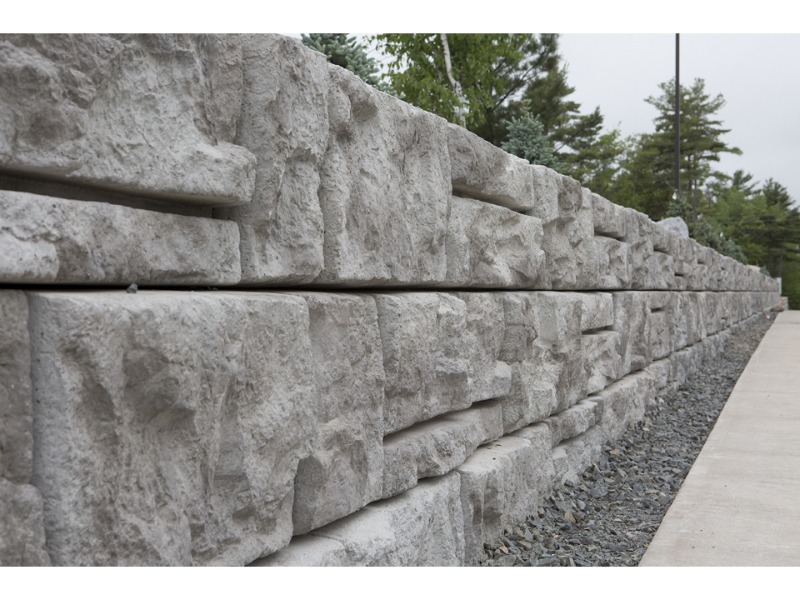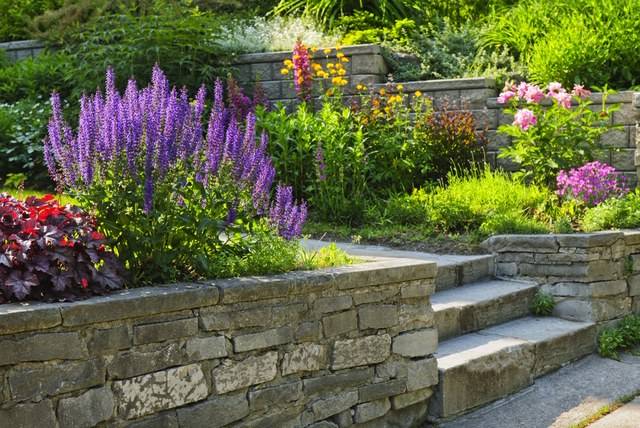Gravity Retaining Wall: A Wall that Defies Gravity? Get Ready to be Amazed!
Looking to create a sturdy and reliable structure that defies the relentless force of gravity? Look no further than Retaining Wall Los Angeles to build the perfect Wall!
With its unique design and construction, this wall stands as a testament to the power of engineering. But how exactly is it built? What are the essential components that make it so effective? And what does it cost to have one of these walls installed?
In this discussion, we will explore the fascinating world of gravity retaining walls, revealing the secrets behind their strength and offering insight into why they are the preferred choice for many.
Request A Free Instant Quote
Please Fill The Form
Why Choose Us
When choosing a gravity retaining wall provider, you want a company that offers competitive rates without compromising on quality. Our expertise and excellence in constructing retaining walls ensure that your project will be completed to the highest standards.
Competitive Rate
Our competitive rates make us the top choice for your gravity retaining wall needs.
Expertise And Excellence
With our extensive expertise and commitment to excellence, you can trust that choosing our services will result in a superior outcome.
Insured And Licensed
To ensure your peace of mind, our company is fully insured and licensed for all gravity retaining wall projects.
How do We build a Gravity Retaining Wall
A gravity retaining wall is constructed by utilizing the weight and stability of the wall itself to resist the lateral pressure exerted by the soil behind it.
– We first excavate the area where the wall will be located, ensuring a stable foundation.
– Install a geotextile fabric against the excavated soil to prevent erosion.
– Lay the first row of blocks or stones, making sure they’re level and tightly fitted together.
– Backfill the space behind the first row with crushed stone or gravel, compacting it to provide additional stability.
– Continue stacking the blocks or stones, making sure each row is level and backfilled.
Every steps is critical for the stability of the Gravity Wall

What are the component of a Retaining Wall
The components of a retaining wall include the base, backfill, and facing materials.
The base, also known as the foundation, is the lowest part of the wall and provides stability and support. It should be constructed using a strong and stable material, such as concrete or reinforced masonry.
The backfill is the material placed behind the wall, which helps to resist the pressure exerted by the retained soil. It’s important to choose a backfill material that’s compactable and has good drainage properties.
What's the cost of a Gravity Retaining Wall
Now let’s examine the financial aspect of constructing a Gravity Retaining Wall, particularly the cost involved in its installation and materials.
When considering the cost of a Gravity Retaining Wall, there are several factors to take into account:
– Materials: The type of materials used will greatly affect the overall cost. Common materials include concrete blocks, stone, or timber. Each material comes with its own price range.
– Wall Height: The higher the wall needs to be, the more materials and labor will be required, resulting in increased costs.
– Site Conditions: The condition of the site can impact costs. Difficult terrain, poor soil quality, or the need for extensive excavation can increase expenses.
– Design Complexity: Intricate designs, curves, or additional features such as steps or drainage systems can drive up the cost of construction.
– Labor: The cost of labor will vary depending on the location, complexity of the project, and the experience of the contractor.
Basically, there are a lot of factors to consider to estimate the cost. Let us come to you and assess your site and we can properly give you a fair estimate.
FAQ About Gravity Wall
Can a gravity retaining wall be built on any type of soil?
The answer depends on the characteristics of the soil. Different types of soils have varying load-bearing capacities and stability. Some types of soil, such as clay or loose sand, may not provide enough support for a gravity retaining wall.
However, soils with good compaction and high bearing capacity, such as compacted gravel or dense soil, can often accommodate a retaining wall without issues.
Are There Any Specific Maintenance Requirements for a Gravity Retaining Wall?
To maintain a retaining wall, there are several specific requirements you should keep in mind. Regular inspections are crucial to identify any signs of damage or erosion. It’s important to promptly address any issues found, such as cracks or bulges, to prevent further deterioration.
Additionally, ensure that the drainage system is functioning properly, as excessive water can weaken the wall’s stability.
How Long Does It Typically Take to Construct a Gravity Retaining Wall?
Typically, it takes a certain amount of time to construct a gravity retaining wall. This duration can vary depending on various factors such as the size of the wall, the complexity of the design, and the availability of resources and manpower.
It’s important to consider that building a gravity retaining wall requires careful planning, excavation, and the placement of large blocks or masses to resist soil pressure. Therefore, it’s crucial to engage experienced professionals who can provide accurate estimations of the construction timeline.
Are There Any Limitations on the Height or Length of a Gravity Retaining Wall That Can Be Built?
There are indeed limitations on the height and length that can be built. Factors such as the soil conditions, slope angles, and the weight of the wall itself must be considered.
Generally, for residential and commercial purposes, gravity retaining walls can be built up to a certain height and length. However, it’s crucial to consult with a structural engineer or a professional in the field to ensure that the wall is designed within the acceptable limits and meets all safety requirements.
Premium Retaining Wall Contractor
If you’re looking for a top-notch contractor to build your Gravity Retaining Wall, hiring a premium professional is essential. A premium retaining wall contractor possesses the necessary expertise and experience to ensure a high-quality construction process and end result. These professionals have a deep understanding of the engineering principles that govern gravity retaining walls, allowing them to design and construct structures that aren’t only aesthetically pleasing but also structurally sound.

